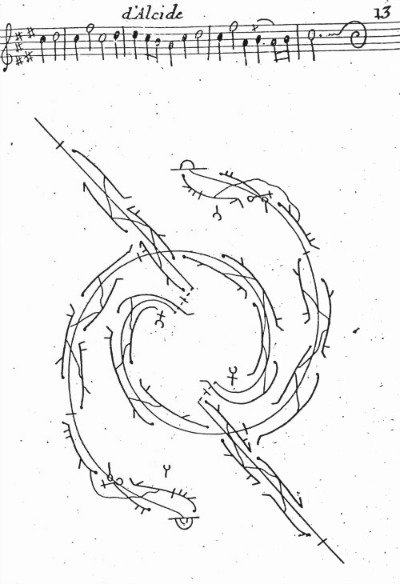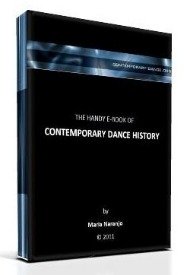How to write Feuillet Notation?
by Caetlin :)
(Nebraska, USA)
Good morning!
I hope your day is going incredibly!
I am coming to you for some much-needed help! My dance teacher has recently assigned us a project. We are supposed to come up with one position, and notate that. I absolutely love the Feuillet style of notation, and I was wondering if you had any information on that! I am having some difficulty understanding it. Or perhaps even you yourself know Feuillet notation? Or somewhere I could perhaps send my position to be written out? The movement I have thought of is relatively simple, but it means a lot to me. It is this: left leg bent at the knee in parallel position, right leg extended toward the audience in a high développé, toe pointed, arms in high fifth but slightly more open than true high fifth.
Is there any way you could help me? I can send you a picture of the position if you want! Or I would love to email with you! If you have time that is, I know I am merely one in a thousand! Thank you a million ways!
Comments for How to write Feuillet Notation?
|
||
|
||
|
||
The handy e-book of CONTEMPORARY DANCE HISTORY:
The Dance Thinker is our occasional E-zine. Fill in the form below to receive it for free and join us.
Read:
"The Dance Thinker"
BACK ISSUES
Post contemporary dance announcements (workshops, auditions, performances, meetings and important news... it is free.)




